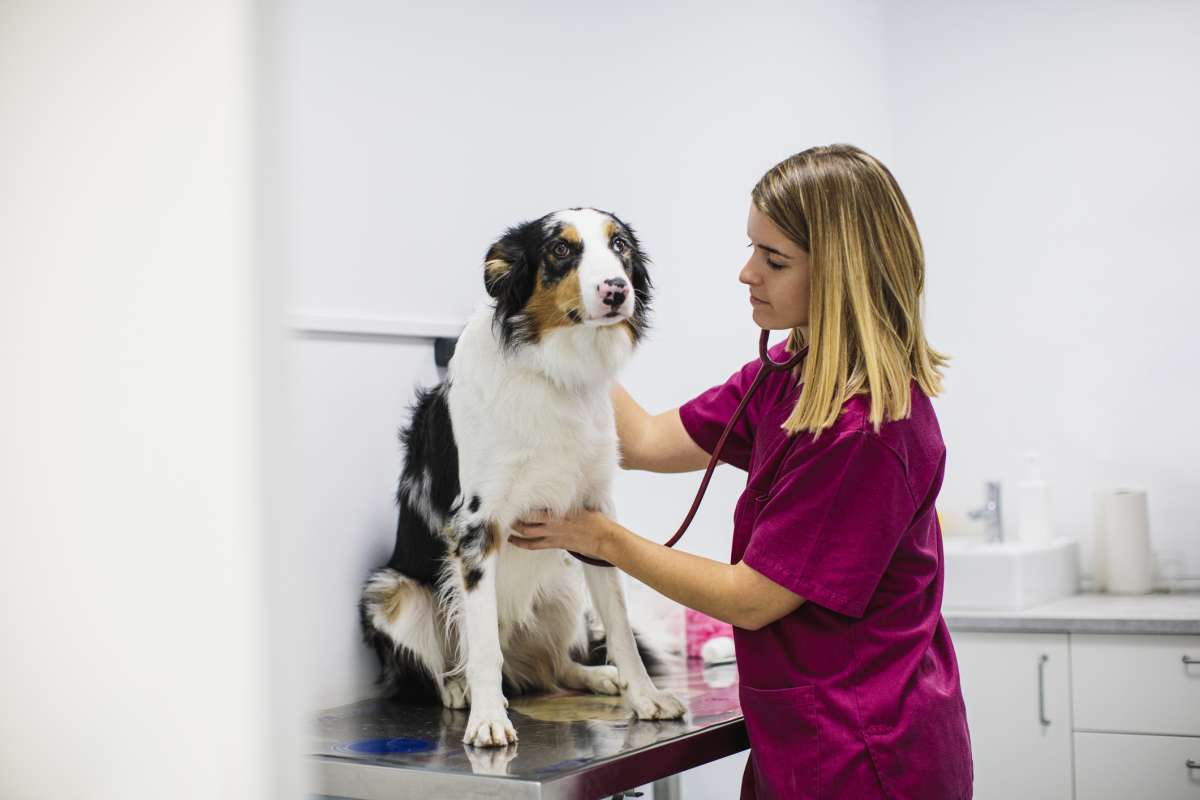Vet says your dog’s food bowl holds a common first clue she’s pregnant — and most owners overlook it

A dog’s food bowl might seem like an ordinary everyday object, but veterinarians say it can hold an important early clue that your female dog is pregnant. According to Parade Pets, even before any physical signs appear, subtle changes in behavior and appetite can signal a pregnancy, though these initial hints often slip under the radar, giving attentive families an important window to provide extra care and support.

One of the earliest signs caretakers may notice is a change in the pet's eating habits and behavior. Expectant canines may eat less enthusiastically or even skip meals during the initial weeks, experiencing a kind of “morning sickness” accompanied by mood swings. However, these changes aren’t always reliable indicators on their own, as hormonal fluctuations during a dog’s estrus (heat) cycle can cause similar behaviors.

Physical indicators usually follow behavioral changes. Changes in the pup mom's nipples, such as darkening, slight enlargement, or increased sensitivity are among the first visible signs of pregnancy. For first-time mothers, these changes might appear as early as three weeks after mating. In those with previous litters, it typically takes about a month. Around 40 days into the pregnancy, other signs become noticeable; the abdominal muscles relax, allowing the growing puppies to push the belly outward, and some female canines begin losing hair on their bellies. These physical features provide clearer clues than changes in appetite alone.

Pregnancy can be confirmed and monitored through ultrasound as early as 19 to 25 days after breeding. This method not only confirms pregnancy but can often reveal the number of puppies by detecting their heartbeats. Hormonal blood tests measuring relaxin levels become accurate around 25 to 30 days in, offering a reliable confirmation method. This is also the ideal time to consult your veterinarian about nutrition. While many vets recommend feeding more processed puppy food, experts suggest a whole-food diet rich in protein, quality fats, and digestible calories to best support the mother's health and her developing litter.

X-rays can be useful later in pregnancy to give a rough estimate of the expected litter size, which helps prepare for potential complications if not all puppies are delivered. While no method offers complete accuracy, this insight helps prepare for any potential issues during birth. However, X-rays pose some risks due to radiation exposure and stress to the mother, so they are typically performed only after 45 days of pregnancy when the puppies are more developed, and only when necessary. Although changes in the food bowl may be the first subtle hint of pregnancy, a combination of physical signs and veterinary testing provides the most accurate confirmation. Recognizing these changes early and working with a vet ensures the best care for the mother and her soon-to-arrive puppies.